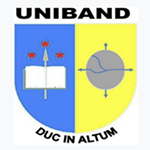Introduction to the University of Bandundu:
Basic information
Established on October 1, 2004.
Location of the school: Bandundu, Bandundu Province, Democratic Republic of the Congo.
Nature of the institution: Public university.
History
On October 1, 2004, it was established as the Bandundu University Center (CUB) as an extension of the University of Kinshasa.
On September 27, 2010, it became an independent Bandundu University in accordance with Ministerial Decree No. 157.
School Strength
Teaching resources: As a public university, it is supported by the government and has certain teaching facilities and resources, but the richness of the overall teaching resources may be limited by the local economic and educational development level.
Faculty: It has a faculty that can meet the basic teaching and academic research, but compared with universities in developed countries, there may be a gap in the number and quality of faculty.
Student size: In 2012, there were 6 colleges and 800 students.
Educational philosophy
There is no clear official statement, but as a public university in the Democratic Republic of the Congo, it generally aims to cultivate talents who serve the local social, economic and cultural development, pays attention to the imparting of academic knowledge and the improvement of students' comprehensive quality, and is committed to cultivating local talents with professional skills and social responsibility.
Key disciplines
History: ranked 10841 in the world in the academic influence ranking.
Biology: ranked 10501 in the world.
Agronomy: ranked 7179 in the world.
Earth Science: ranked 9147 in the world.
Geography: ranked 8296 in the world.
Ranking
According to Academic Influence data, the global influence ranking is 16201.
Expenses
There is no clear and public tuition information, but as a public university, there are usually government subsidies, and the tuition fees may be lower than private universities. For domestic students and qualified international students, there may be certain fee preferential policies.
Campus environment
Located in Bandundu City, it has the typical characteristics of an African city campus and is an urban campus style as a whole. There are basic teaching facilities such as teaching buildings and libraries. The library has a certain number of books and academic materials, providing students with a place to study and research. The campus layout is relatively compact and can meet the daily learning and activity needs of students.
-
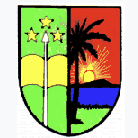
University of Kisangani
-
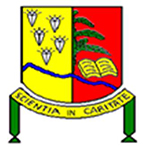
University of Mbuji Mayi
-
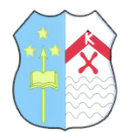
University of Kamina
-
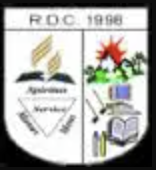
Adventist University of Lukanga
-
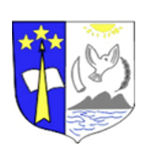
University of Goma
-
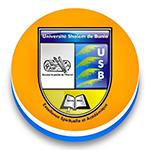
University Shalom of Bunia
-
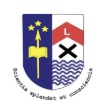
University of Lubumbashi
-
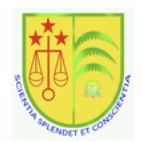
Free University of Kinshasa
-
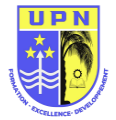
National Pedagogical University
-
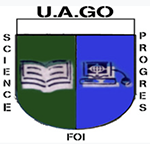
Adventist University of Goma
-

Mesoamerican University
-

Istmo University
-

Mariano Galvez University of Guatemala
-

Regional University of Guatemala
-

Galileo University
-

Francisco Marroquín University
-

Rafael Landívar University
-

University of the Valley of Guatemala
-

University of San Carlos of Guatemala
-

Technological Institute of Tlaxcala Plateau
-

Golfo University
-

Technological University of South Sonora
-

Technological University of Huejotzingo
-

Tizimín Institute of Technology
-

Chilpancingo Institute of Technology

